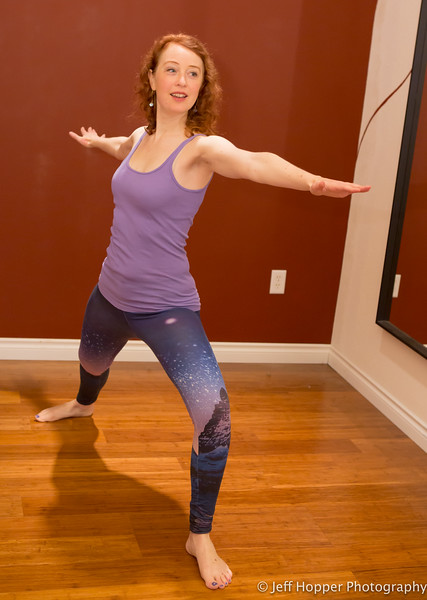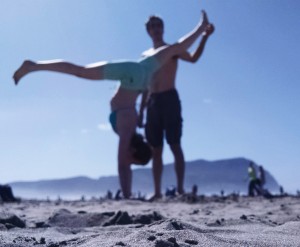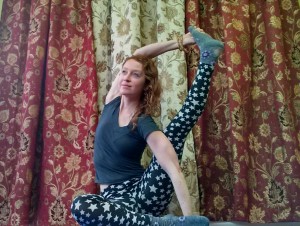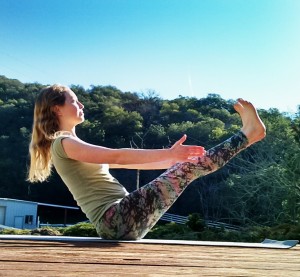“Concentration is the fixing of the mind in one place.“
– Yoga Sutras of Patanjali, sutra 3:1
Concentration is certainly something that is in short supply these days. With more distractions than ever before in our modern society, the mind is less likely to settle itself on one object – a key ingredient to meditation. Cell phones, tablets, relentless work schedules, busy families, and all the pressures of life are vying for our attention, making it more and more difficult to carve out time for meditation practice. If you are one of the successful ones and have a thriving meditation practice, good for you – keep at it! For the rest of us, let’s keep trying, but let’s also take advantage of other activities that give us opportunities to practice concentration – like asana practice and singing.
In Patanjali’s yoga sutras, physical asana (poses) is only mentioned three times in all three books (196 sutras total). The ancient sage seemed to think that living morally, concentration, breath practice, meditation and eventual union with the divine are all a bit more interesting or important. Nevertheless, engaging mindfully in the physical practice of yoga is a wonderful way to not only stay healthy, but also to ground yourself, get in your body, and focus the mind. A fantastic way to achieve focus as you’re practicing asana is to cultivate curiosity in each pose, each breath, each moment. Ask yourself, “I wonder where I’m feeling breath right now…I wonder how I could engage more deeply, but also relax more fully!”
Once you are experiencing each moment from the inside-out, try expanding the awareness to include different parts of your body. This is often necessary to achieve a pose to begin with! For example, ask yourself “how can I energetically connect the big toe mound with my outer hip, or the crown of the head with the tailbone?” By connecting these two points, or sometimes several points in the body, we are able to achieve an expanded awareness, hopefully with a soft focus and acceptance of what each moment has to offer.
In voice practice, it becomes even more challenging. Not only are we connecting two or more different points in the body, as I discuss in one of my previous blog posts, but we are also energizing the breath and often pronouncing different vowels and consonants to communicate something. There is so much involved in singing! No longer can we simply observe with curiosity as in our asana practice, we must be fully committed to each moment. This is often the case when performing poses, but not always. By requiring us to fully commit in this way, not only can yoga support a singer’s journey, but voice practice can support one’s yoga practice, too! The kind of focus required in singing is more integrated and zoomed-out – we don’t want to be working too hard, but we need to fully engage and energize all the parts of ourselves: our bodies, emotions, and spirits as much as our mind. We must dive in fully, without testing the waters.
I invite you to explore your voice in this way – start by getting in your body by practicing asana or organic movement, then maintain your curiosity as you start vocalizing. The next step is to let go on a deeper level – can you moan, laugh, sob, and wail with ease and full commitment, while maintaining your focus? It may help to explore those kind of organic sounds before you add pitches and words. Remember to let it be fun and stay open – you may just surprise yourself!





